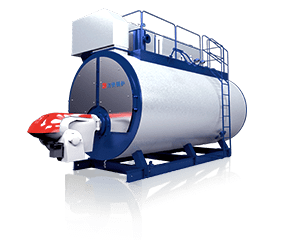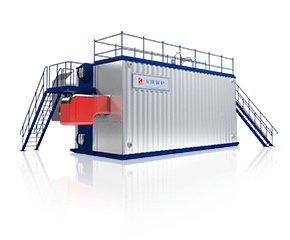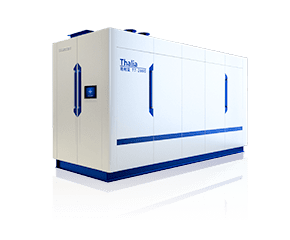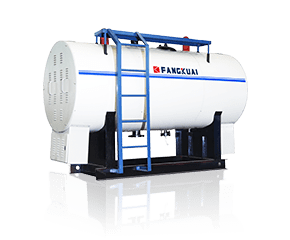The new type of
gas boiler will have more advantages than traditional coal-fired boilers in terms of environmental protection and
energy saving. Not only that, gas-fired boilers also save labor costs than coal-fired boilers; this is because gas-fired boilers are fully automated. The control system realizes all-weather unattended operation. To control the temperature change and ensure the output of steam or hot water of different temperatures required by the user, is to rely on the automatic control system.
In boilers with automatic control systems, temperature sensors are built in. These sensors are equivalent to our eyes when they are working, and are responsible for transmitting the operation of the boiler to the controller on the boiler by means of data. For example, there is a boiler with a set working temperature of 55°C. When the boiler is running, the temperature sensor in the boiler collects that the water temperature in the boiler is 40°C. After this temperature data is sent to the controller, the control judges that the temperature is far from reaching the set temperature, so the controlled burner continues to heat the water in the boiler in a state of large fire.
The boiler continued to run, and the temperature sensor was constantly collecting temperature data and sending it to the controller, which gradually rose to 53 degrees as the burner heated. At this time, the controller judges that the boiler water is close to the set temperature by comparing the set temperature with the current temperature, and then controls the burner to reduce the flame. As the temperature gets closer and closer to the set 55°C, the variable frequency burner can precisely control the size of the flame according to the actual heat demand, and maintain the temperature at 55°C by gradually approaching. When the heat demand changes, the flame will also change accordingly, so that the boiler only works at a state of maintaining temperature.
Traditional boilers generally use three-stage fire (large fire, medium fire, and small fire). Continue to use high heat to heat, the temperature will rise rapidly at this time, and soon exceed the set temperature. At this time, the controller detects that the water temperature has exceeded the temperature, so the control burner is changed to a small fire. However, the small fire cannot meet the heat demand. At this time, the boiler water temperature will drop. When it drops to a certain level, the controller will turn the small fire into a large fire for heating. However, compared with frequency conversion control, this method not only has temperature fluctuations, but also has a certain phenomenon of wasting gas in empty burning.





